I understand this step in the progression of our operation; have always understood it. Usually, I’m OK about it. I’ll keep fond memories of my favorites, flip through that mental photo album, chuckle at the calves’ cute antics and relive the adventures featuring one of them in a starring role.
But this year has been different. The graduating class included five calves we became attached to because circumstances created the need for more extensive hands-on contact. We kept them and their mamas at home during the winter, instead of sending them to the ranch with the rest of the pairs.
Remember the twins, Freddie and Flossie, namesakes of the younger set of Bobsey twins from the children's book series? We’ve had twins before, but for the first time this year, we were able to keep both calves because the mom, #67, claimed both.
Mama #67 didn’t have enough milk to sustain good growth for both, but we supplemented with milk replacer.
Freddie and Flossie graduated from bottle-feeding to a feeding bucket, still under Mama’s watchful eye.
Then Bill added grain, which I call “calf granola,” to their diet.
One of our favorite cows, One-Toe, presented us with a nice heifer last fall. One-Toe’s story began in my book. As a first-calf heifer in our herd, she developed foot rot in one of her rear hooves. The infection escalated quickly and was so severe that one “toe” was amputated, hence her name. Due to stress from the infection and surgery, her first calf was born prematurely and only weighed about 35 pounds. But it survived and was sold with the rest of the calves late the next summer. Since then, One-Toe has raised great calves even though she limps, some days worse than others, and that half-hoof has to be trimmed occasionally because the front curls up.
One-Toe presented us with fine bouncing baby bulls the past several years, but Bill wanted a nice heifer to keep in our herd. Now we have one, which he named “Two-Toes.”
Because of One-Toe’s hoof problem, he kept the pair at home last winter. When he started feeding grain to the twins in their “breakfast nook,” it didn’t take long for Two-Toes to catch on to this special treat, come to the gate and gaze hungrily at the feed bunk. That calf granola looked and smelled so good! So Bill invited her in and increased the amount of grain.
One of our cows, #972, and a first-calf heifer, #501, calved late: #972 in mid-November, and #501 on December 10th, the evening after my bunion surgery. Both had bulls. Bill named #972’s calf “Johnny-Come-Lately” and I named #501’s calf “Galliano” after the doctor who performed my surgery.
Due to calving late, Bill decided to keep both pairs at home through the winter. The youngsters eventually joined the group in the breakfast nook.
Soon, we started hand-feeding range cubes to our five “pet” calves. Whenever they saw us coming, they would trot up and nudge us for treats. Freddie and Flossie were so tame from their bottle-feeding days that they let us pet them. Two-Toes, Johnny and Galliano preferred a little head scratch while they munched. Just like pet dogs and cats, they all had distinct personalities and amusing traits.
With the exception of eleven replacement heifers, including Two-Toes, which Bill is keeping, our 2014 steers and heifers were sold in mid-September. A couple of days before their departure, I spent a few minutes saying good-bye, feeding range cubes and snapping photos of Freddie, Flossie, Johnny and Galliano. I’m not embarrassed to admit I teared up. I would miss these little characters!
Freddie
Flossie
Johnny-Come-Lately
Galliano
For the first time, I decided to ride along when the calves were hauled to the feedlot. Call it “The Long Good-Bye” but I felt compelled to go. Besides, I had never experienced this aspect of our cattle operation. I didn’t see Freddie because, once Bill got the calves sorted into groups that fit into the trailers, the loading went fast. Once the three trailers were loaded, we headed out.
Two days later, 22 heifers including Flossie, plus Johnny and Galliano who were pastured with the heifers at our place, were loaded. Smaller numbers and smaller weight per calf meant the trip would require only two livestock rigs, ours and one of the lot owner’s. Again, I never saw Flossie, Johnny and Galliano because the loading happened quickly, then we headed for the feed lot.

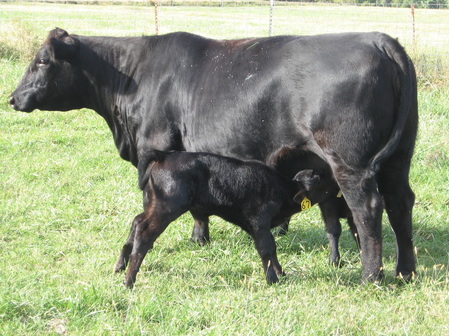
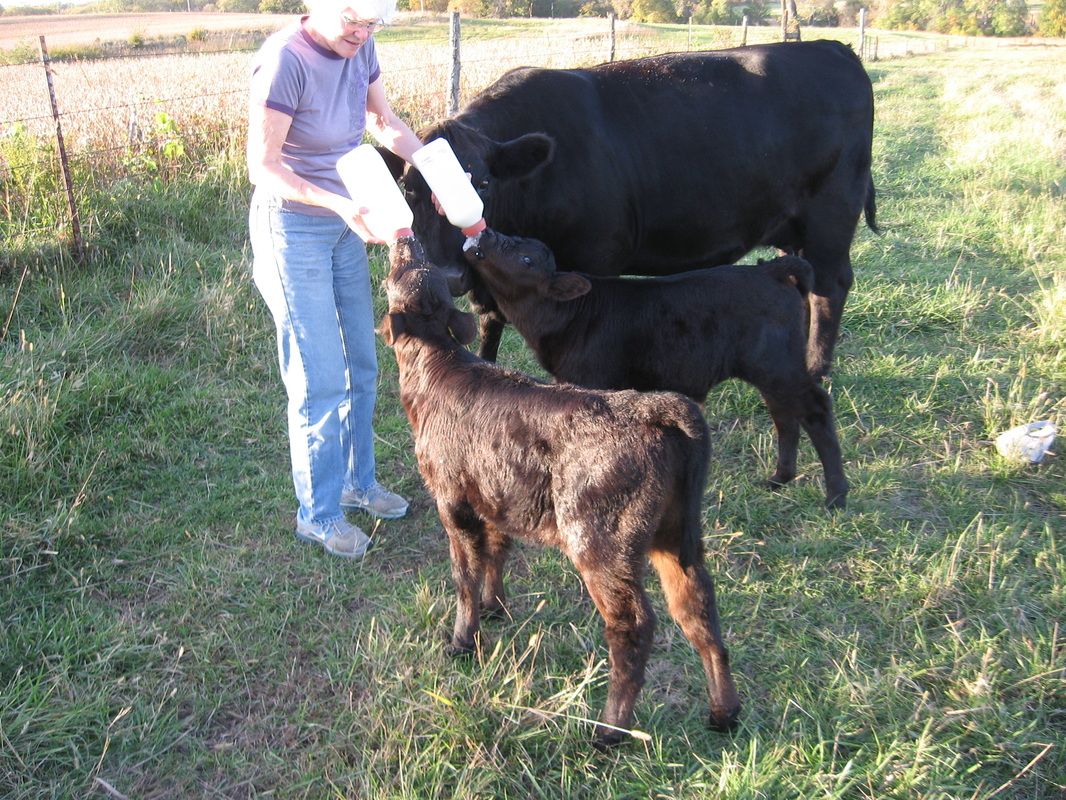
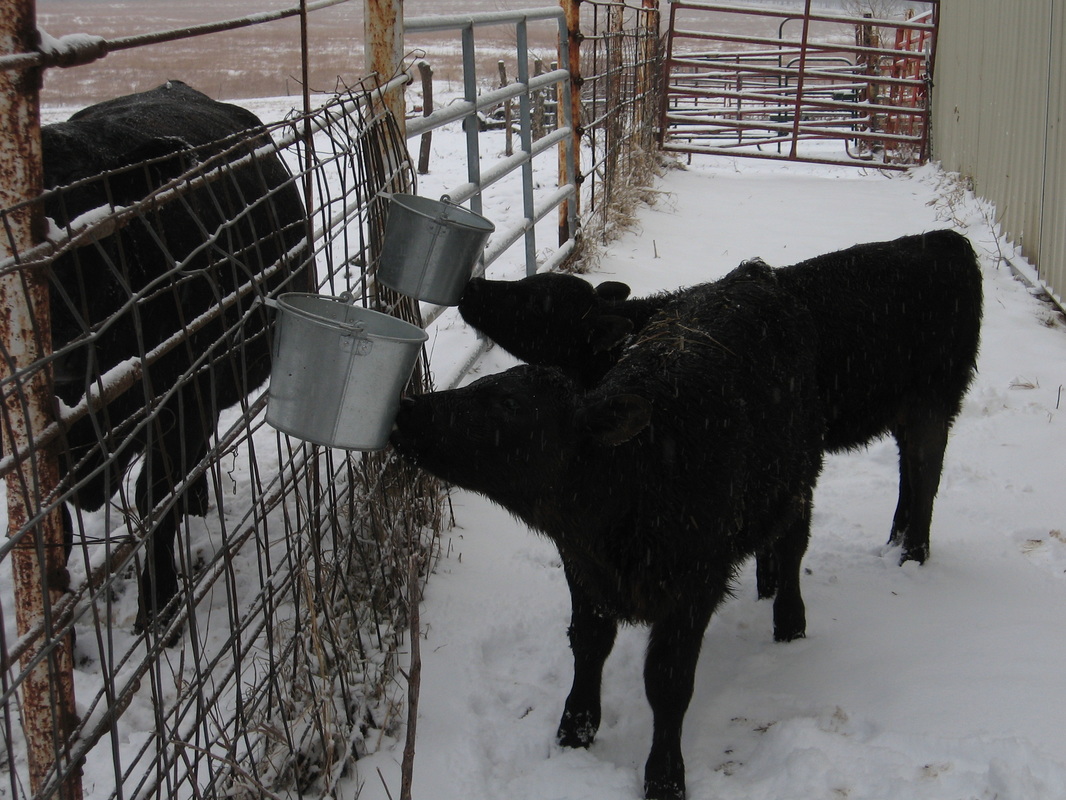
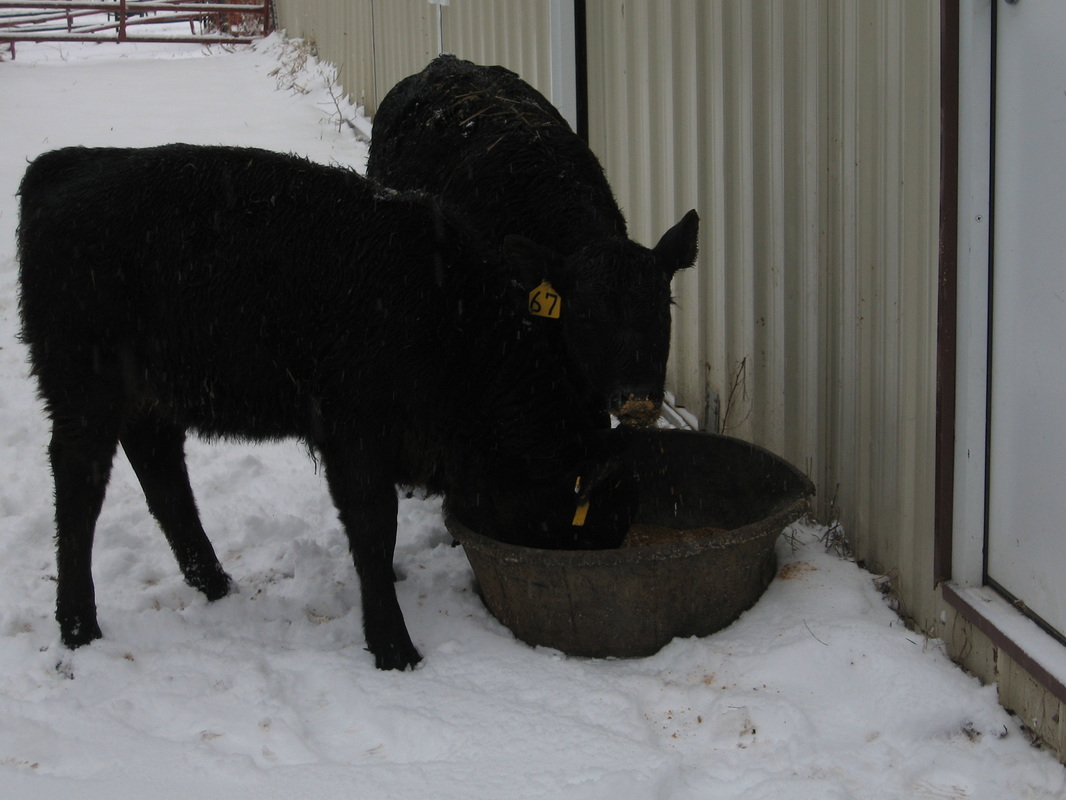
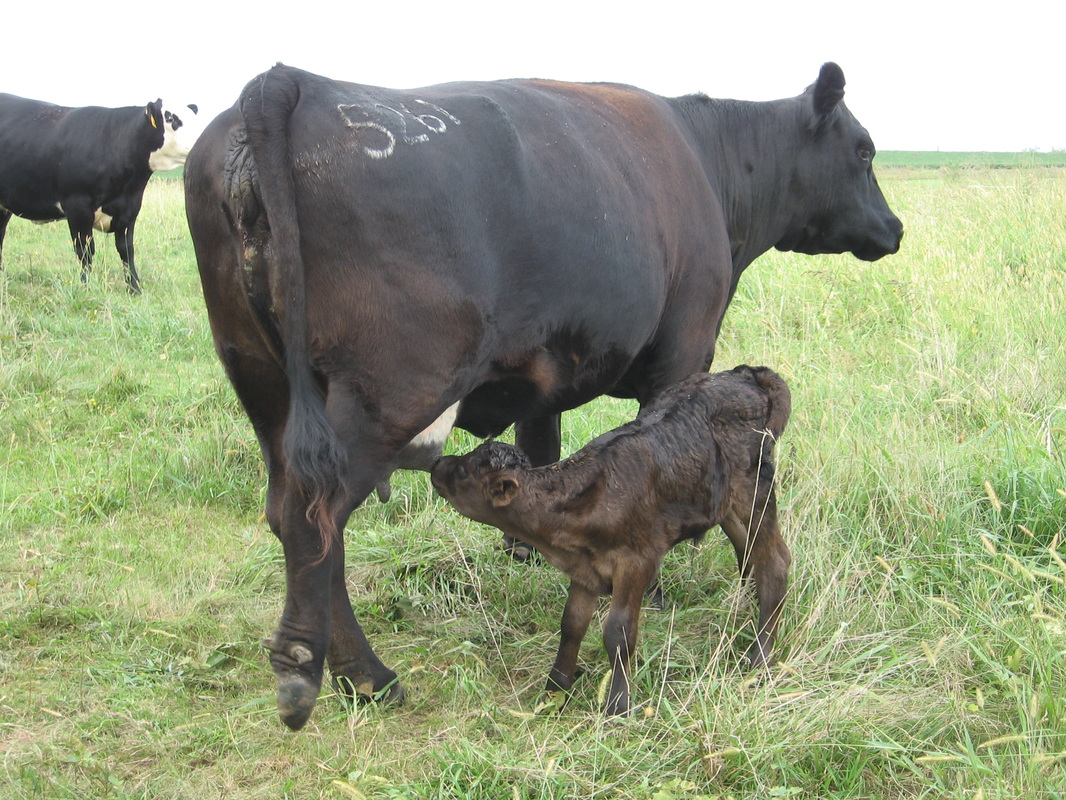
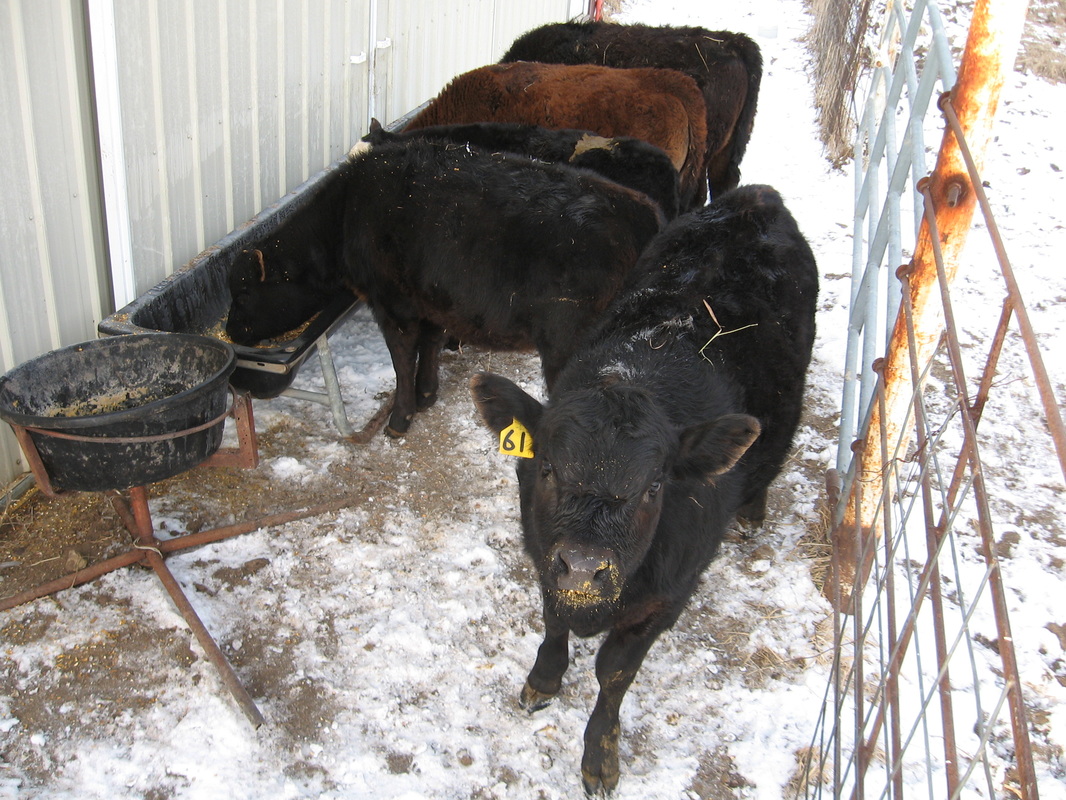
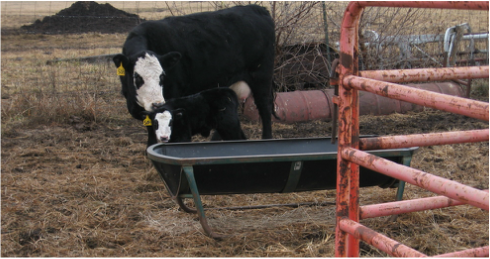
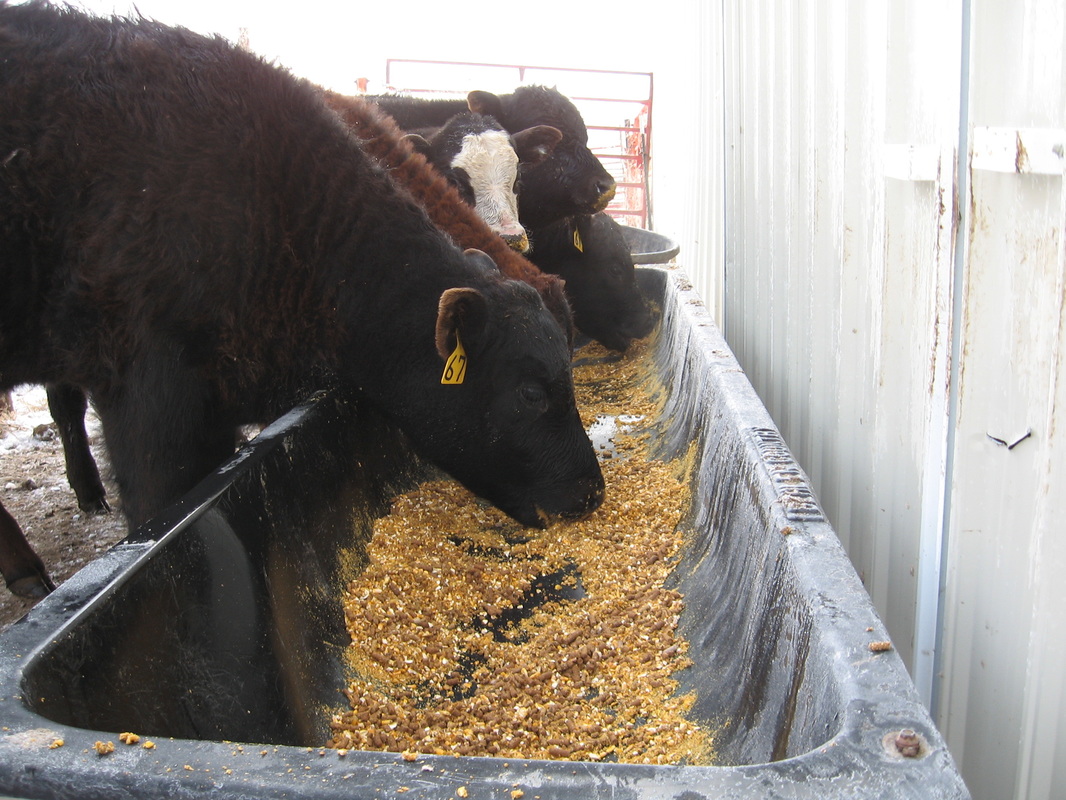
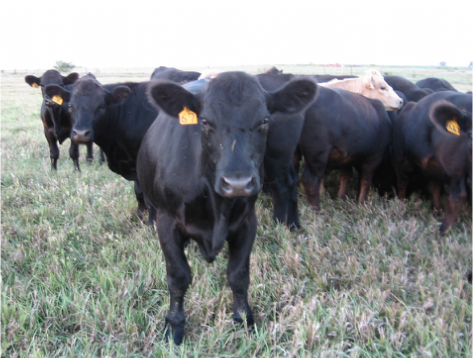
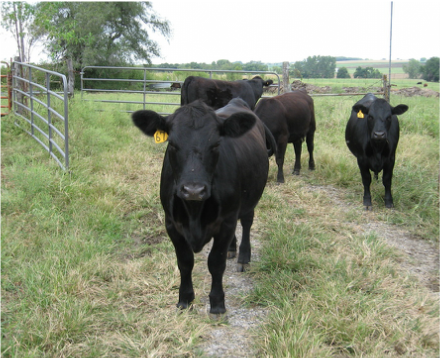
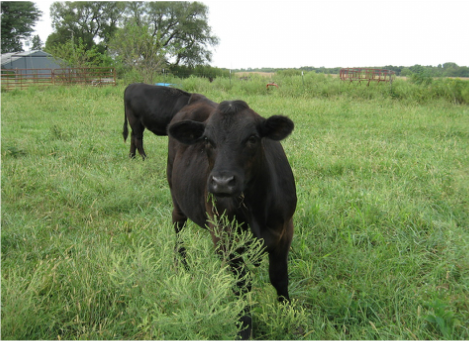
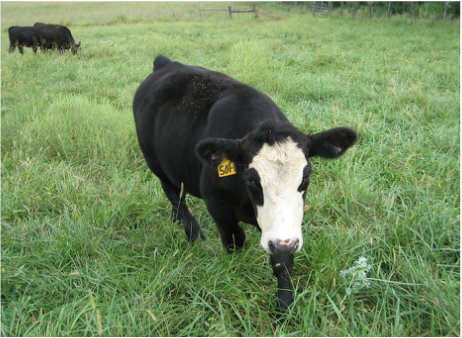
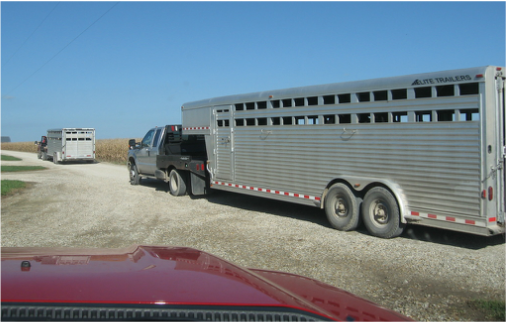
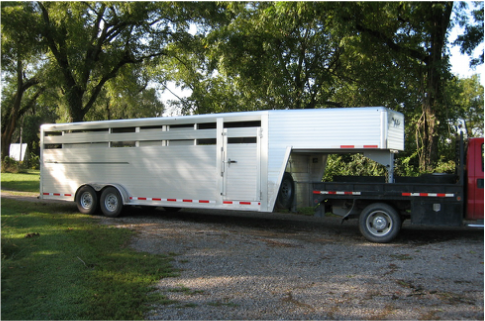
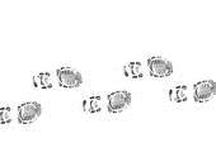
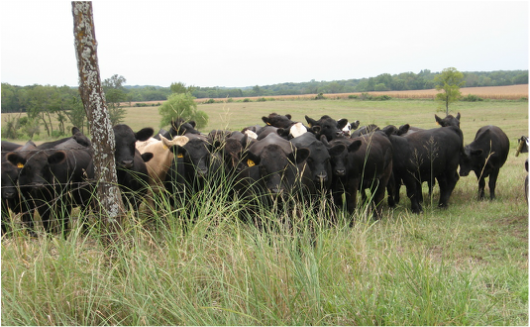
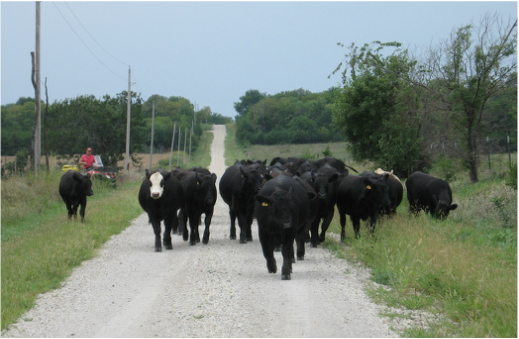
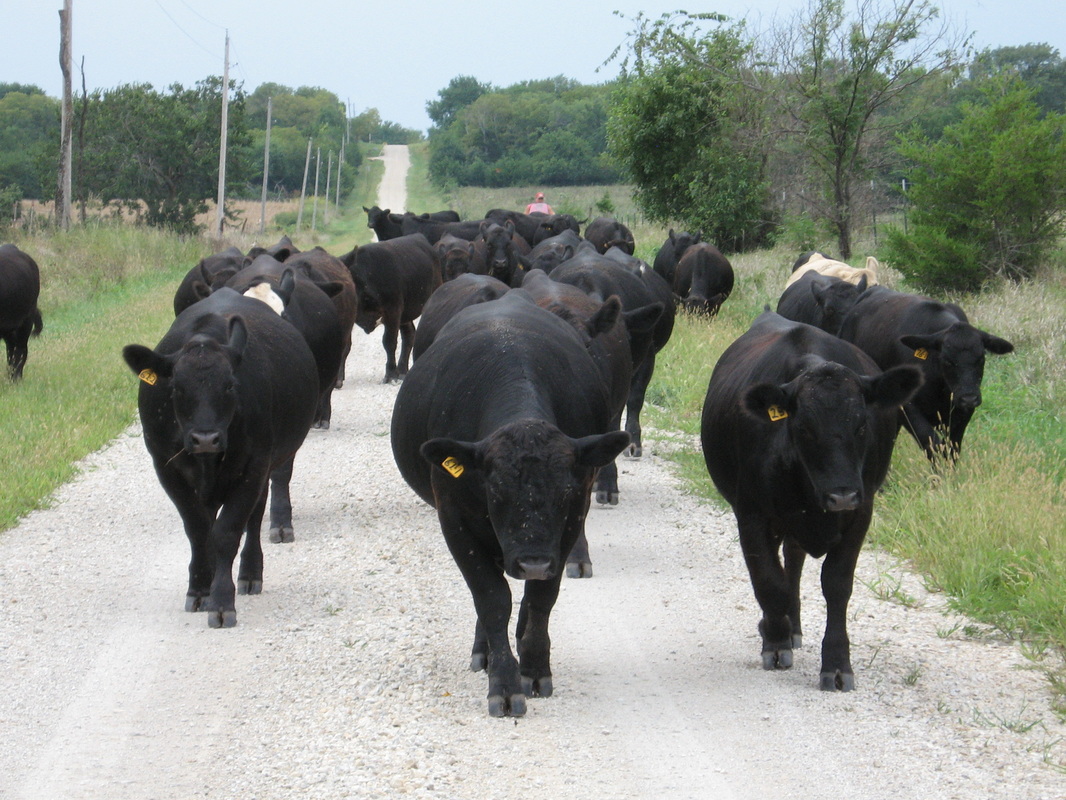
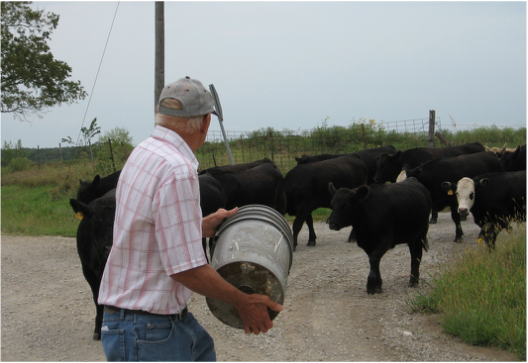
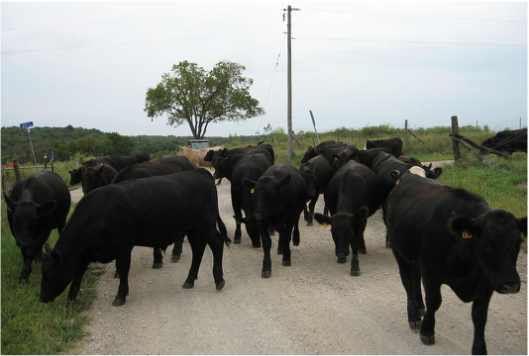
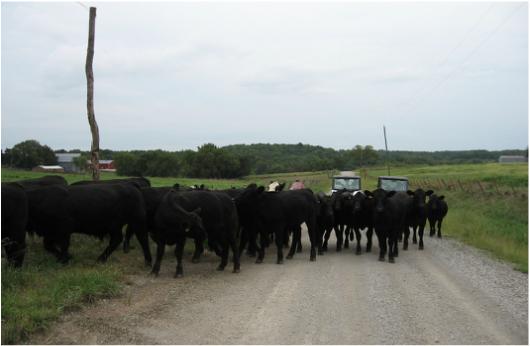

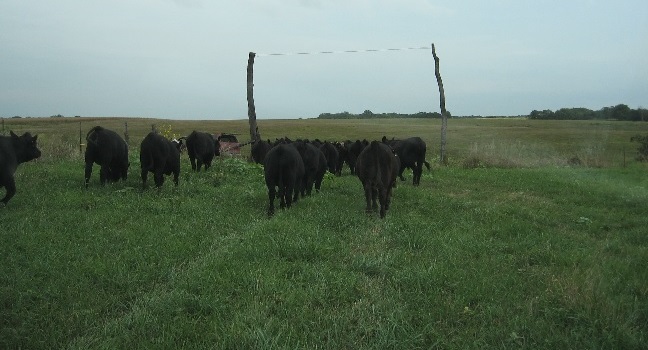
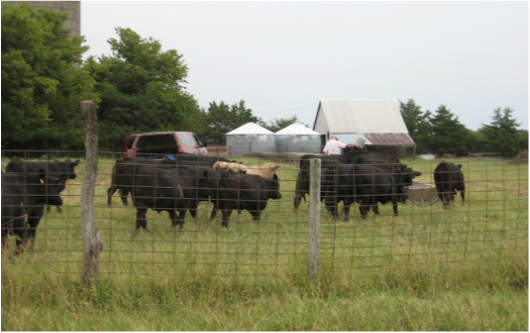
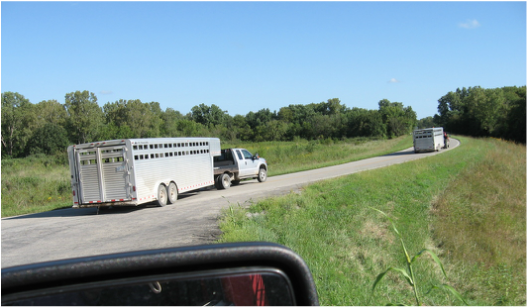
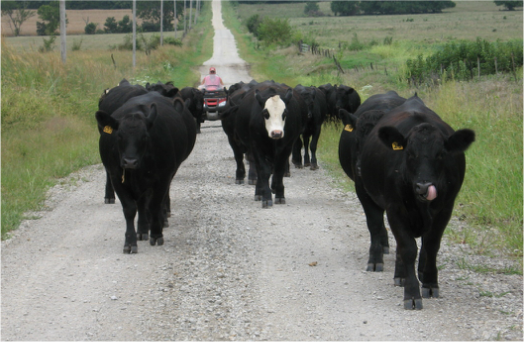
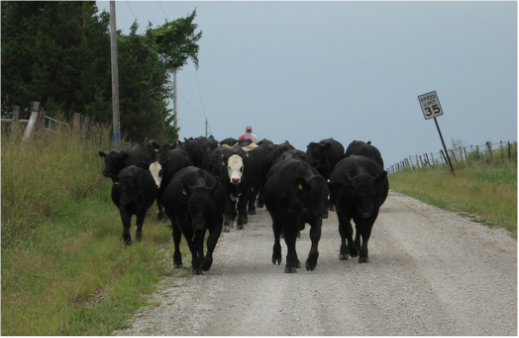
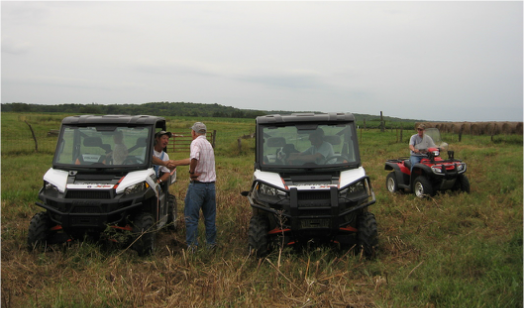
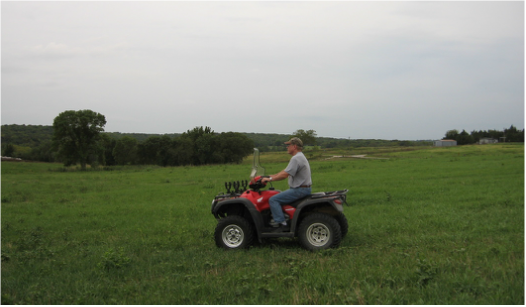
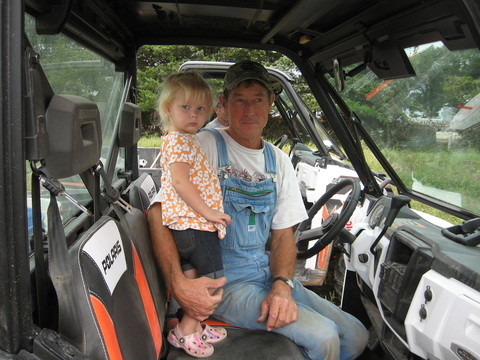
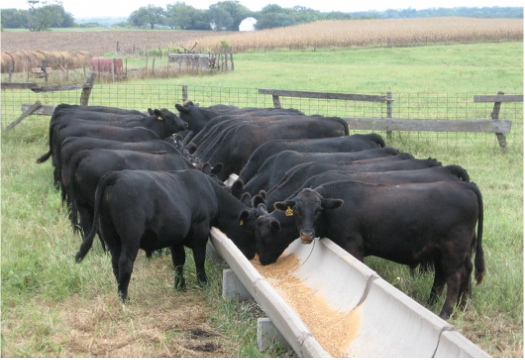

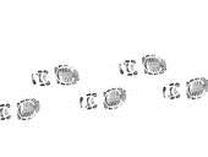
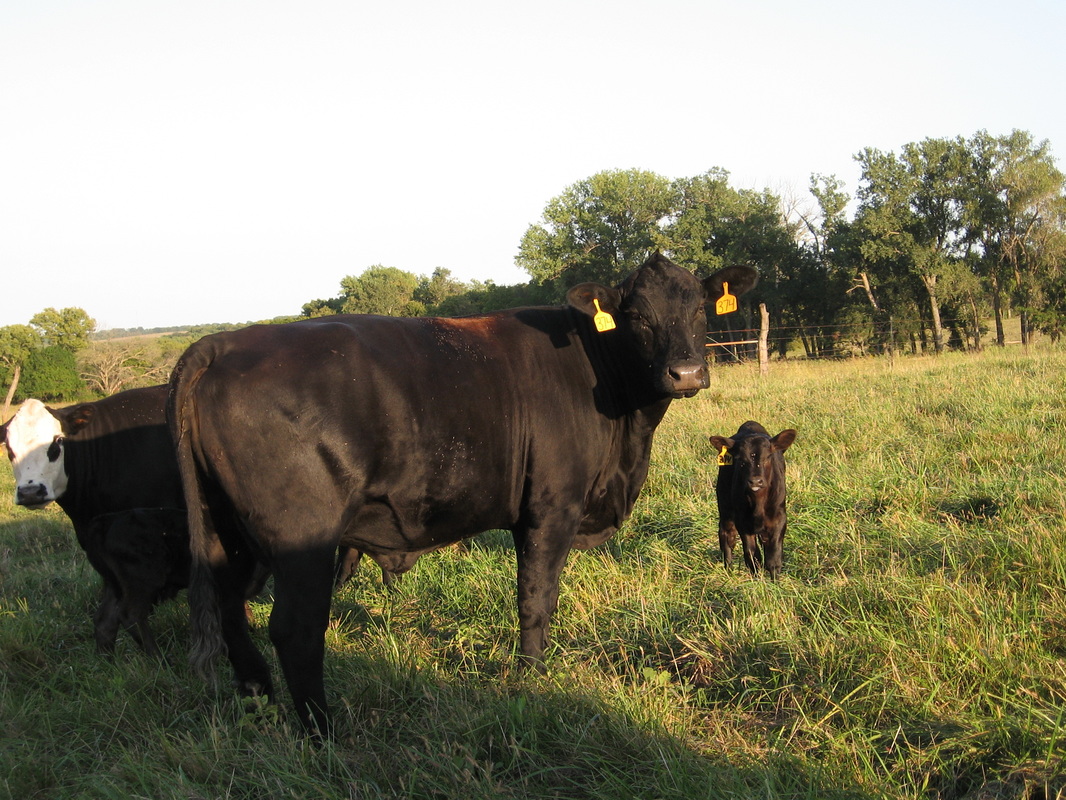
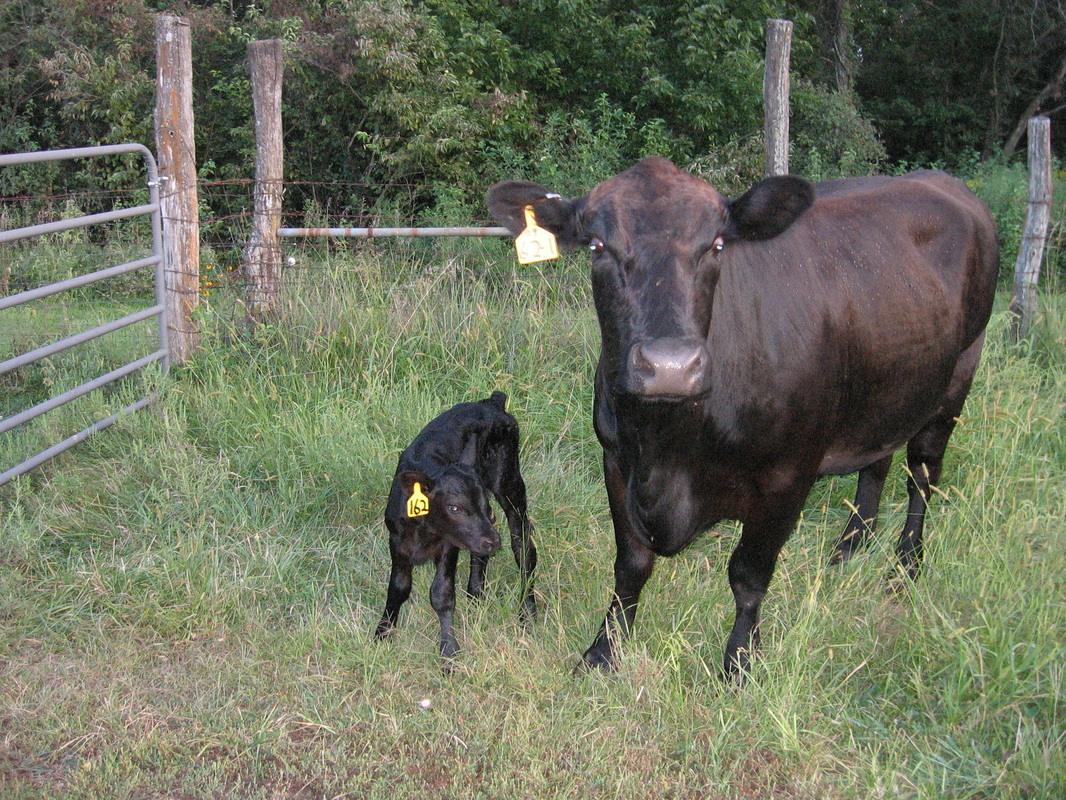
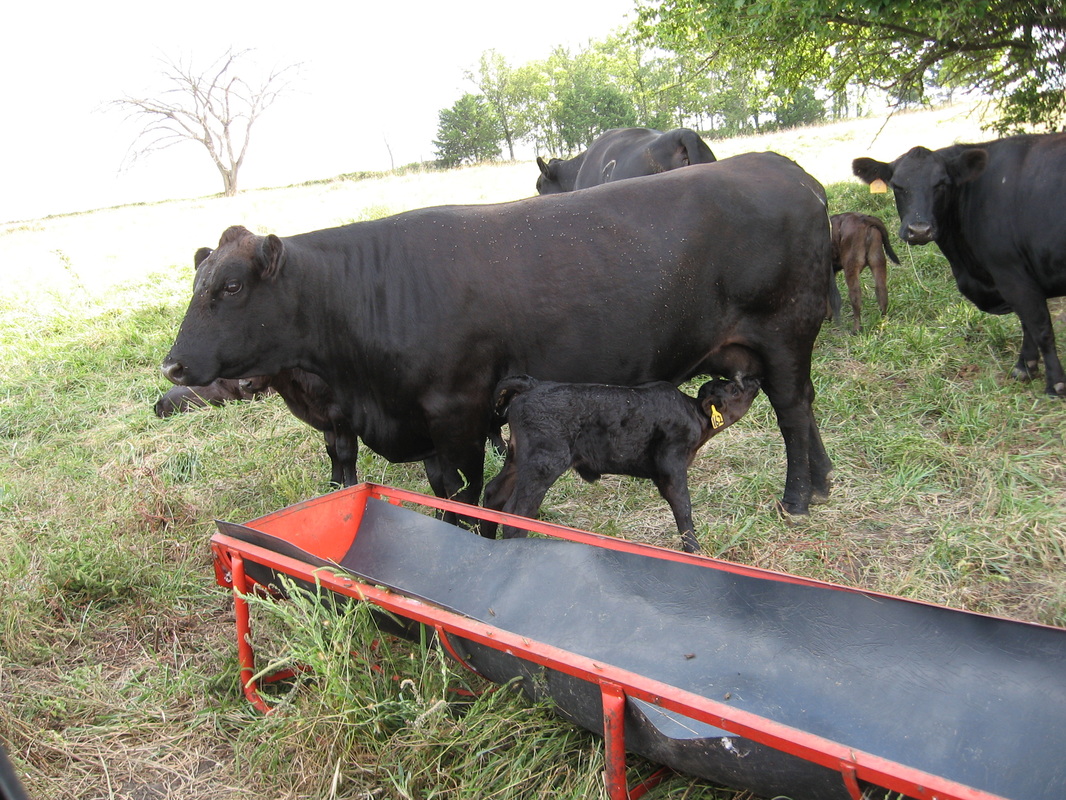
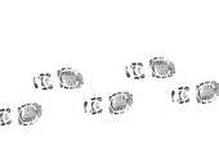
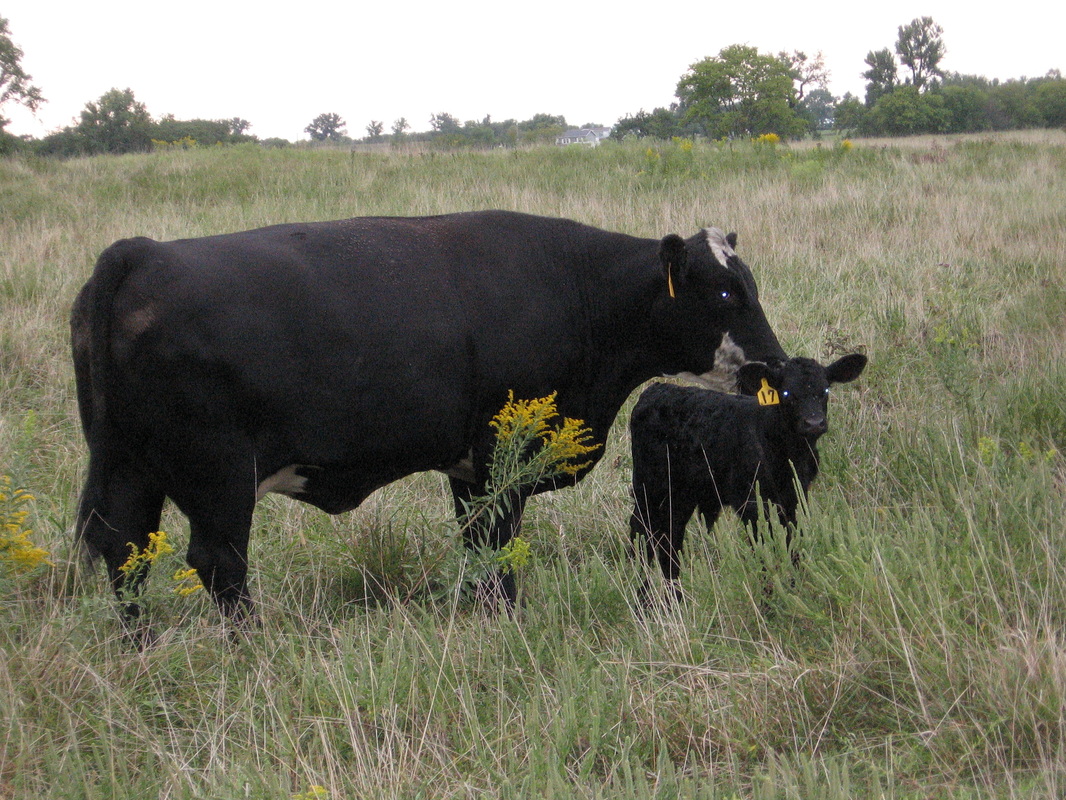
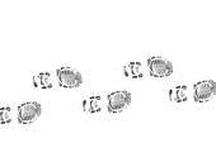
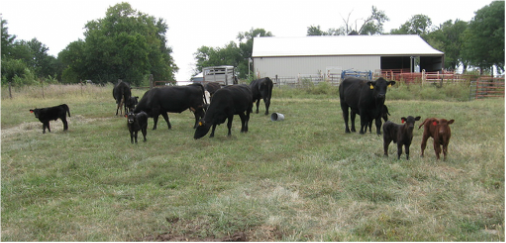
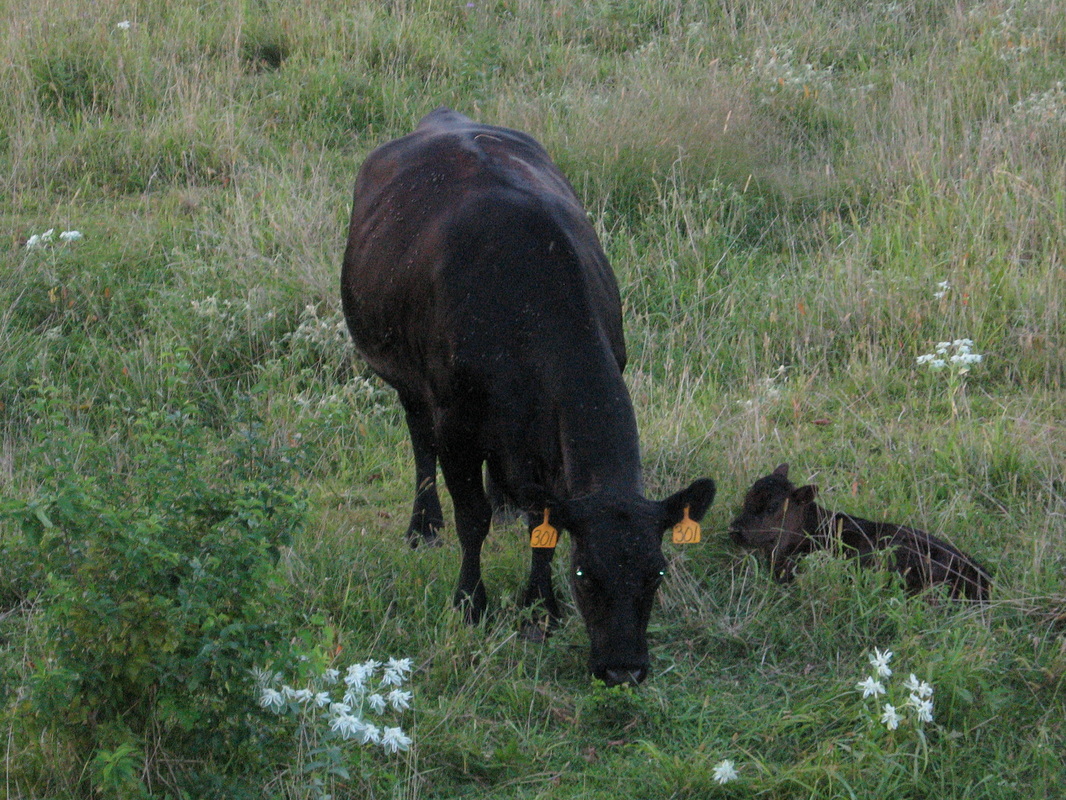
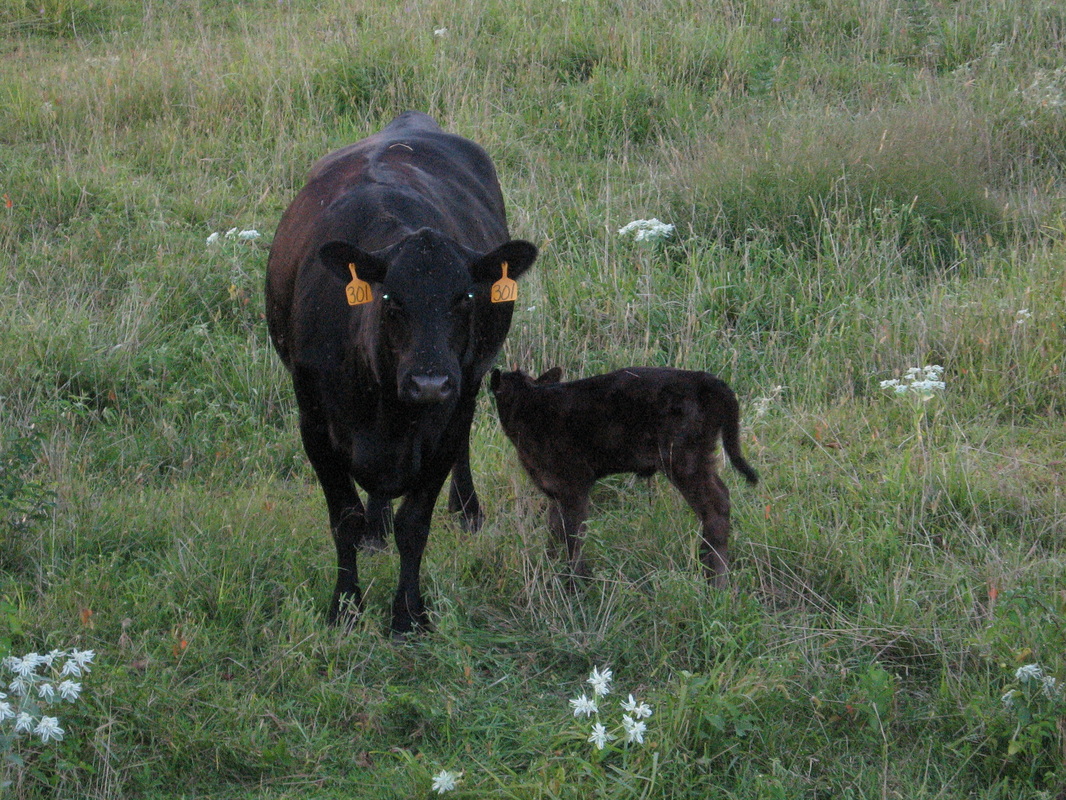
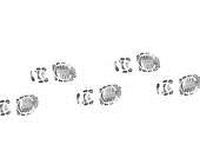
 RSS Feed
RSS Feed